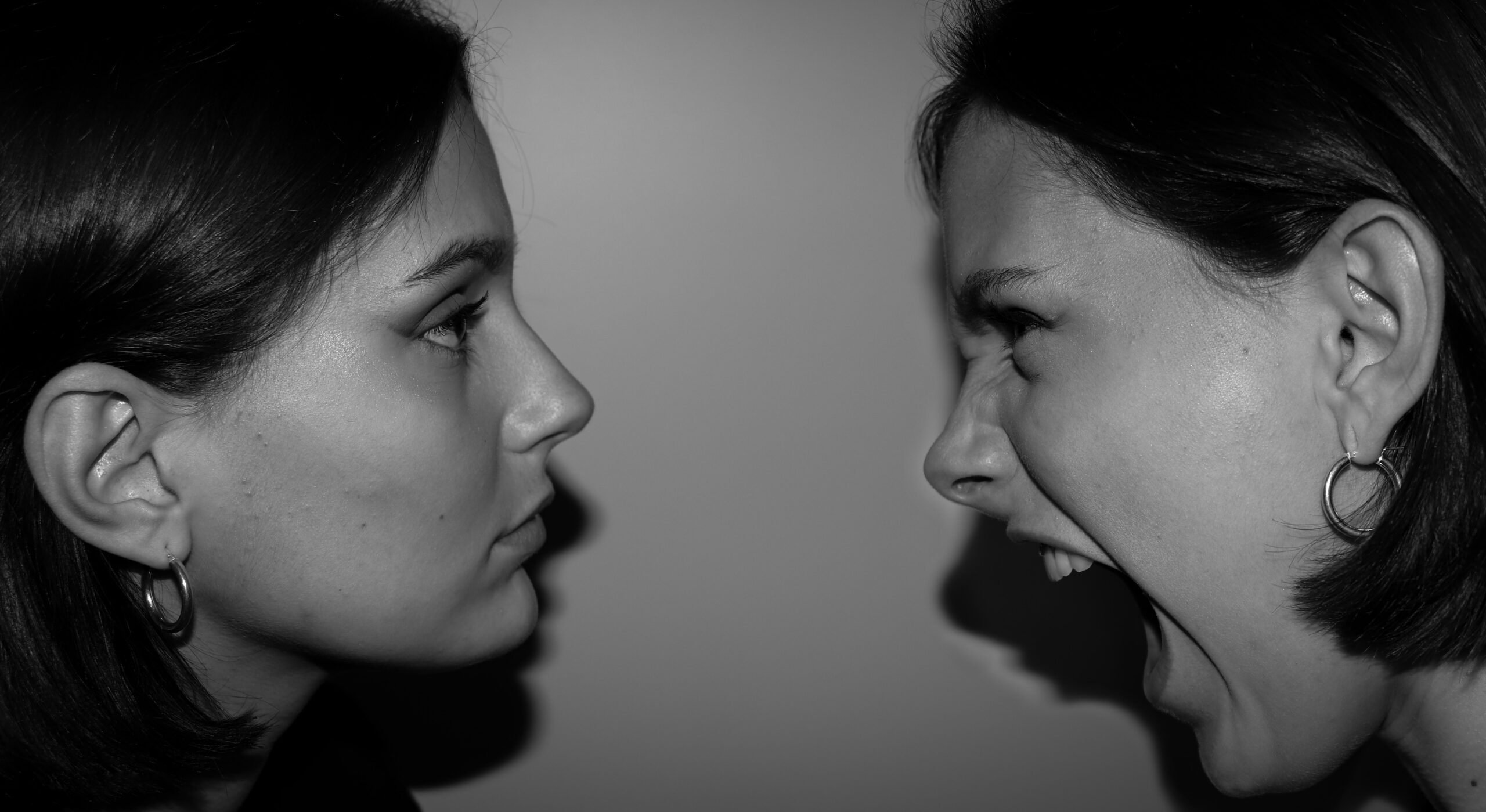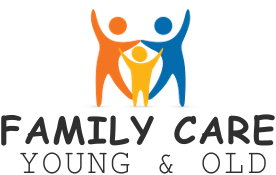Mental health issues: a brief overview:
Adults with Mental Illness account for one out of every four people in the population. The latest DSM-5, released by the American Psychiatric Association (APA), is a mental disorders’ diagnostic and statistical manual (APA). A collection of criteria is used to diagnose mental health issues.

The DSM-5 defines a Mental disorder as:
A mental disorder is a clinically significant impairment in cognitive, emotional, and behavioral functioning. Behavioral manifestations indicate a breakdown in the psychological, biological, or developmental processes that underpin Mental Illness.
Distress in social, occupational, or other crucial tasks is often a symptom of mental disorder. Given that stress or loss is an expected and culturally accepted response to a stressful or traumatizing event, such as the death of a close family member, anxiety or loss is not considered a mental disorder.
Unless there is a deviation, neither socially deviant behavior nor conflicts primarily between an individual and society are considered mental diseases. As previously stated, conflict is caused by an individual’s dysfunction.
According to NAMI, mental discomfort is defined as follows:
This medical illness affects a person’s capacity to operate generally in daily life, including thinking, feeling, mood, and social interactions. Mental disease impairs the ability to cope with the demands of ordinary life in the same way that diabetes affects the pancreas. Numerous questions about accommodations for people with mental health issues are sent to JAN.

The definitions and statistics on mental health issues provided by NAMI are pretty valuable.
As a summary, NAMI provides the following:
It is a Mental Illness known as bipolar disorder, also known as manic depression. It is defined as “a medical condition that affects one’s mood, energy, and ability to function.” Bipolar disorder is a long-term condition with regular periods of mania, and it is often lifelong.
However, teenage or early adult depression can occur in children as young as 12 and can persist anywhere from a few days to many months.” According to the National Institute of Mental Health, character disorders such as borderline personality disorder (BPD) are “severe Mental Illness characterized by instability in mood, interpersonal interaction, self-perception, and behavior that is usually misunderstood.”
Emotional dysregulation is the underlying cause of this condition. Uncertainty can have severe consequences for the individual’s sense of self-identity and the stability of family and employment.” A severe case of depression is on the horizon “lasting and can have a considerable impact on an individual’s thoughts, behavior, emotions, activity, and physical health.
Severe depression, according to a report published by the Centers for Disease Control and Prevention, is the most common cause of disability in the United States, and it is also the most common cause of disability in many other industrialized countries.
When a person experiences uncontrollable panic episodes, they are said to be suffering from panic disorder, “at least one of which causes at least a month of elevated anxiety or avoidant behavior, suffers from recurring panic attacks. If a person has had less than four panic attacks but still has recurring or persistent fears of having another panic attack, they may have panic disorder.”

PTSD (post-traumatic stress disorder) is a condition “fear, helplessness, or horror can lead to an anxiety disease called post-traumatic stress disorder. While it is common to feel nervous or depressed for a brief time after experiencing a traumatic event, those who have post-traumatic stress disorder (PTSD) are forced to share the trauma on an ongoing basis.
Avoid people, thoughts, or events related to the event; and show signs of excessive emotional response. People who suffer from this condition experience these symptoms for up to a month following the traumatic event and cannot function correctly during that time. Symptoms of post-traumatic stress disorder (PTSD) typically begin within three months of the stressful event, but they can appear months or years afterward.
” Psychosis is a Mental Illness “a person’s capacity to think clearly and discern between reality and fantasy is frequently hindered by this condition. To deal with one’s feelings, make decisions, and interact with others effectively.” Recurring bouts of depression in the fall and winter are typical symptoms of Seasonal Affective Disorder (SAD), which is “marked by periods of normal or high mood alternating with periods of depression.”
A series of JAN’s Effective Accommodation Practices (EAP) Accommodations for people with executive functioning deficits are described in depth in the publication Executive Functioning Deficits. These suggestions may help figure out what kind of accommodations are needed.
The Americans with Disabilities Act and Mental Illness:
Medical conditions that qualify as disabilities are not included in the ADA’s definition of disability. Individuals are required to meet the ADA’s general definition of disability. If a person has a physical or mental impairment that significantly restricts essential life activities, they have a disability.
Such an impairment has been documented and is considered to have an impairment. Find out how to assess whether someone is disabled under the Americans with Disabilities Act.
Making Workplace Accommodations for People with Mental Illness People with mental health issues may experience some of the limitations listed below but seldom share them. Moreover, the level of restriction will vary from person to person. People with mental health disorders may not require extensive workplace modifications, while others may only need a few. Only a tiny portion of the options are shown here. There may be a range of various options for housing available to choose from.

Resting Place/Private Room:
A person may require a place to rest, take medication, or complete daily hygienic tasks. A designated rest place or private space could be a viable option for those who need it. People with epilepsy may exhibit behaviors including sobbing, drooling, spitting, or urinating during or after a seizure.
Following a seizure, a person may require additional time to complete everyday duties such as grooming and changing clothes. Those with sleep difficulties, diabetes, or a history of panic episodes may also benefit from this type of environment.
How to Recognize and Minimize Stressors?
The symptoms of some Mental Illness or medical disorders might be exacerbated by exposure to specific triggers. Workplace triggers should be identified, and adjustments sought if they are present.
Migraines, seizure disorders, anxiety and panic disorders, post-traumatic stress disorder (PTSD), and fibromyalgia are just a few of the ailments that may have triggers linked with them. An individual’s technique of discovering triggers is unique. Noise, light, and stress are just a few of the most common instances.

Leave a Reply